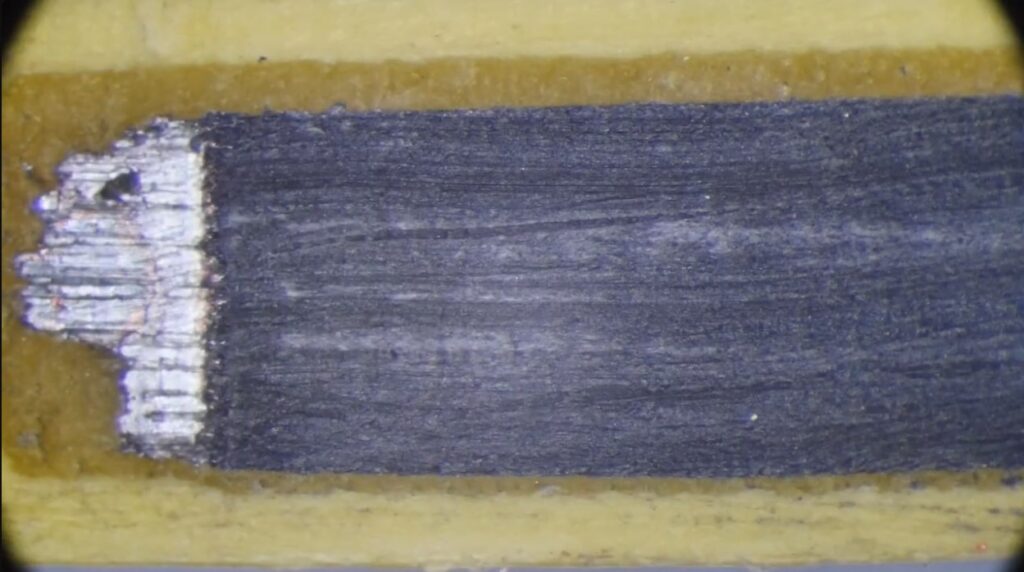Capacitors, Electronics
Understanding Surge Handling in Film Capacitors for High Power Inverters
Introduction
In the world of high power inverters, managing electrical surges is a critical challenge. Film capacitors, particularly those with a capacity of up to 10μF and a rating of 1kV, play a vital role in addressing this challenge. This article explores the mechanisms by which these capacitors handle surges without degrading, thereby ensuring reliability and longevity in high power inverter applications.
Film Capacitors: Composition and Properties
Film capacitors are distinguished by their construction, which involves thin plastic films coated with metallic electrodes. The key materials used in these capacitors include polypropylene or polyester. These materials offer high dielectric strength and low dielectric loss, making them ideal for handling high voltage applications.
Surge Handling Mechanism
- Dielectric Strength: The primary factor enabling these capacitors to handle surges is their high dielectric strength. This property allows the capacitor to withstand high voltage spikes without breakdown.
- Self-Healing Property: Film capacitors are known for their self-healing capability. When a minor breakdown occurs due to a voltage surge, the capacitor can heal itself. This self-healing occurs as the electrical arc caused by the breakdown vaporizes the metallization around the breakdown point, isolating the defect and allowing the capacitor to continue functioning.
- Low Equivalent Series Resistance (ESR): The ESR in film capacitors is typically low. This low resistance reduces the heat generated under surge conditions, thereby minimizing the risk of thermal degradation.
- Energy Dissipation: Film capacitors can effectively dissipate the energy from surges. Their construction allows them to absorb and release energy quickly, reducing the impact of transient voltage spikes.
Applications in High Power Inverters
In high power inverters, these capacitors are often employed in the DC link and as snubber capacitors. They mitigate the effects of voltage spikes and surges generated during the switching of power semiconductor devices. By smoothing the voltage and filtering out unwanted noise, they enhance the overall efficiency and stability of the inverter systems.
Longevity and Reliability
The combination of high dielectric strength, self-healing properties, low ESR, and efficient energy dissipation enables film capacitors to handle surges without significant degradation. This robustness translates into longer operational life and reduced maintenance needs for high power inverters.
Conclusion
Film capacitors, particularly those up to 10μF and 1kV, are integral to managing electrical surges in high power inverters. Their ability to handle surges without degrading stems from their material properties and construction. By providing reliable and efficient performance, these capacitors ensure the safe and effective operation of high power inverter systems.

